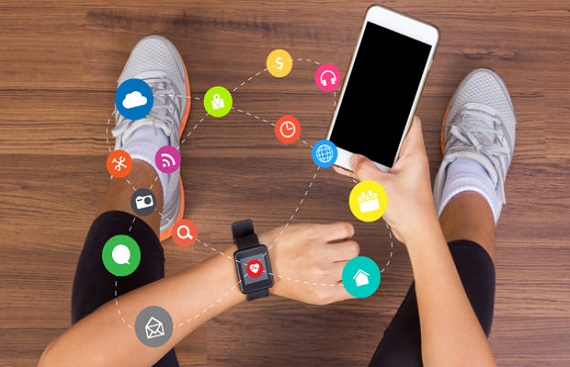How Wearable Tech Is Changing the Future

Over the last two decades, technology has rapidly evolved, and designers and innovators have been at the forefront of this evolution. The world has seen new products and technologies, from self-driving cars to virtual reality spaces and intelligent homes. One market that has experienced significant growth in recent years is wearable technology. These devices typically connect to the internet or other devices and can collect and transmit data about the wearer's physical activity, health, and location.
Wearable technology is becoming more prevalent for several reasons: People are becoming more health-conscious and interested in tracking their physical activity and overall fitness. Wearable's like fitness trackers provide an easy way to monitor daily steps, heart rate, and other vital signs, allowing users to make more informed decisions about their health. It has become more fashionable and versatile over time. Many smart watches now come with interchangeable bands, allowing users to customize their look. In contrast, augmented reality glasses like Google Glass provide a hands-free way to access information and navigate the world.
Impact of Wearable Technology on Healthcare
Wearable technology had a significant impact on healthcare in recent years. These devices are designed to be worn on the body and can monitor various aspects of a person's health in real-time. Some of the most common types of wearable technology used in healthcare include fitness trackers, smart watches, and health monitors. Providing more individualized and preventative care is one of wearable technology's benefits in healthcare. By tracking data on a patient's heart rate, blood pressure, sleep patterns, and physical activity levels, healthcare professionals can better understand the patient's overall health and make more informed decisions about treatment. It is essential for patients with chronic conditions who need to be monitored regularly but cannot visit a healthcare provider in person. It monitors patients' health remotely and adjusts their treatment plans. By providing more personalized and preventative care, healthcare providers can reduce the need for expensive treatments and hospitalizations.
Overall, the impact of wearable technology on healthcare has been significant. As these devices continue to evolve, they are likely to play an even more prominent role in healthcare in the future.
What Does the Future Hold for Wearable Technology?
The future of wearable technology looks promising as technological advancements continue to provide new opportunities for innovation and development. Here are some potential trends and improvements we may see in the coming years:
Health and Fitness: Wearable devices that track health and fitness metrics like heart rate, sleep patterns, and physical activity will continue to improve in accuracy and sophistication. They may also integrate with other devices and apps to provide more personalized insights and recommendations for improving health and wellness.
Augmented and Virtual Reality: Wearable's like smart glasses and headsets will provide new opportunities for augmented and virtual reality experiences. They may use in various contexts, from gaming and entertainment to education and training.
Medical Wearable's: Medical devices that track biometrics in real-time already have a substantial market. Technological advancements will likely continue to advance wearable health monitoring. Some businesses are considering developing diagnostic wearable's that can monitor, diagnose, and provide treatments like insulin. It would benefit people with chronic illnesses if other companies could embed devices beneath the skin to test blood oxygen levels, track prescription medicines, and monitor other vital signs.
Energy Harvesting: Improvements in extended battery life are another almost-certain thing for wearable technologies. It is annoying to wear a watch that you have to remove frequently to charge. In the future, these gadgets might use energy harvesting, which is a technique for turning body heat, motion, or solar energy into usable power.
Authentication: Most apps and online accounts demand two-factor identification, and manufacturers of smart cars like Tesla use digital keys rather than traditional ones. Authentication features include in several smart watch models. Wearable technology and other elements that let you prove who you are, such as biometrics, may become more prevalent.
Dress of Success
An era of wearable technology has arrived because of the development of sensor technologies. With the help of these fitness and medical wearable's, it is now simple to keep track of our health without scheduling doctor visits. These alter the future in multiple ways, with how we work, study, and play and how our health and fitness are affected. We may anticipate even more developments as this technology progresses that will improve our lives even more. It's fascinating to think about the possibilities that wearable technology will bring to our lives in the future.
Read More News :
Unlocking India's Trillion-Dollar Vision with the Best Business Coaches
Public Cloud services market in Asia-Pacific to reach $154 bn in 2026


.jpg)
.jpg)